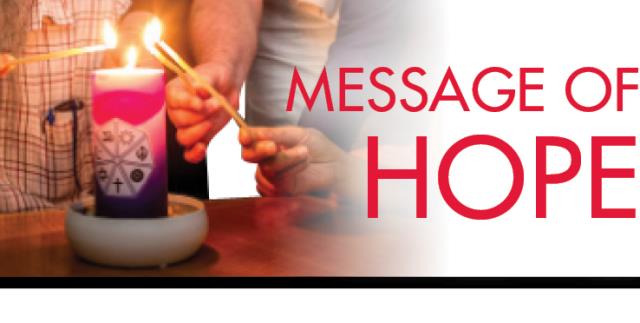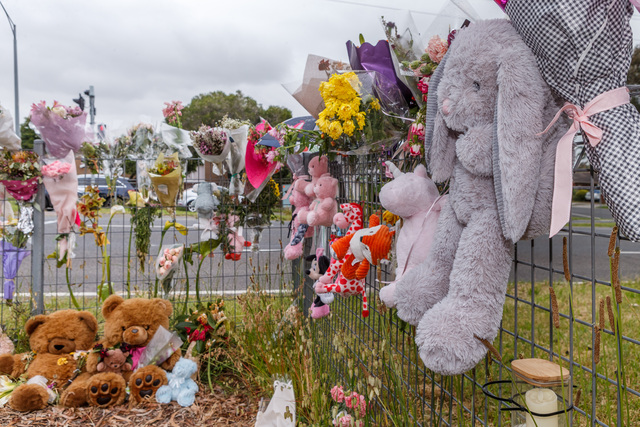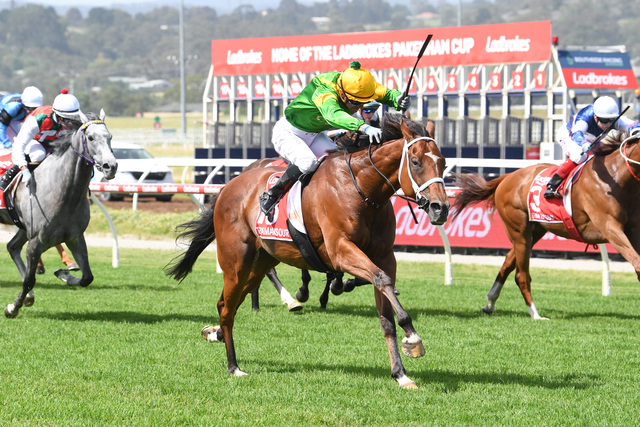Hope is an optimistic state of mind that is based on an expectation of positive outcomes with respect to events and circumstances in one’s life or the world at large.
As a verb, its definitions include: “expect with confidence” and “to cherish a desire with anticipation.”.
Desires are states of mind that are expressed by terms like “wanting”, “wishing”, “longing” or “craving”.
Hope is an emotion without attachment, whereas desire has attachment with it.
In the Hindu culture, all elements of the universe come in the influence of Time.
Time is endless and not linear.
The learned describe Time as a process of creation, existence and annihilation followed by creation, existence and annihilation in a never-ending cycle. This is the law of the nature.
Creation includes everything in the universe, including Life.
All the elements of the universe including the day, night, dawn, dusk, sun, moon, light, darkness, sky, water, earth, weather, climate, seasons, plants, trees, color, smell of the flowers all function consistently and meticulously under the law of nature.
Sun rises and sun sets, Moon rises and sets every day, weekdays repeat after seven days, months repeat after 12 months, years repeat after every 60 years, seasons repeat yearly, life is cyclic in nature.
The changes between the seconds, minutes, hours, days, weeks months and years is gradual.
If you carefully observe these elements, day in and day out they all perform their duties, consuming the natural resources responsibly and always perform to the best of their existence for the benefit of others.
The basic principle observed by everything in the universe is to make this place a better place.
It is this small and gradual positive change imparts trust and keeps the hope alive for sustenance.
Unfortunately, in the current day and time, we humans self-assume significance in this creation, and we think we are at the centre of existence.
This is partially due to the way the mindset is heavily influenced by the senses without understanding the reality.
In the sanathana dharma, the object of human pursuit is called “purushartha”.
The human pursuit is 4-fold:
– Dharma – signifies righteousness, values. It is being conscious of the actions, words and thoughts that makes life and universe possible
– Artha – signifies means of life including pursuit of wealth, prosperity, economic values etc.
– Kaama – signifies desire, passion, emotions. Kama often implies the short form of the word kamana (desire, appetition or appetite).
– Moksha – signifies liberation
The human evolution is at a stage where Artha and Kaama is at never-seen-before levels but also leading to imbalance in society, community, families in Dharma and Moksha aspects.
There is a dire need to live by values or dharma.
These days, most of the human decisions at every level (Individual, family, community etc.) is based on economic value (Artha) and it is getting deeply ingrained in the society.
We learn it at an early stage. We are influenced to buy more, to spend more, to earn more, to consume more at every second.
We humans need to seek the right knowledge to make the correct decisions in life and exhibit the right values.
We need to seek the right knowledge to know our existence.
In sanathana dharma, the knowledge only comes from Guru (teacher or acharya).
I’d like to quote the saying from esteemed scholar, thinker, acharya and yogi Shri Bannanje Govindacharya: “Existence is not life, the understanding of the existence is life”.
And Sri Krishnarpanamastu: “All information and knowledge is from Krishna, to Krishna, of Krishna and by Krishna”







